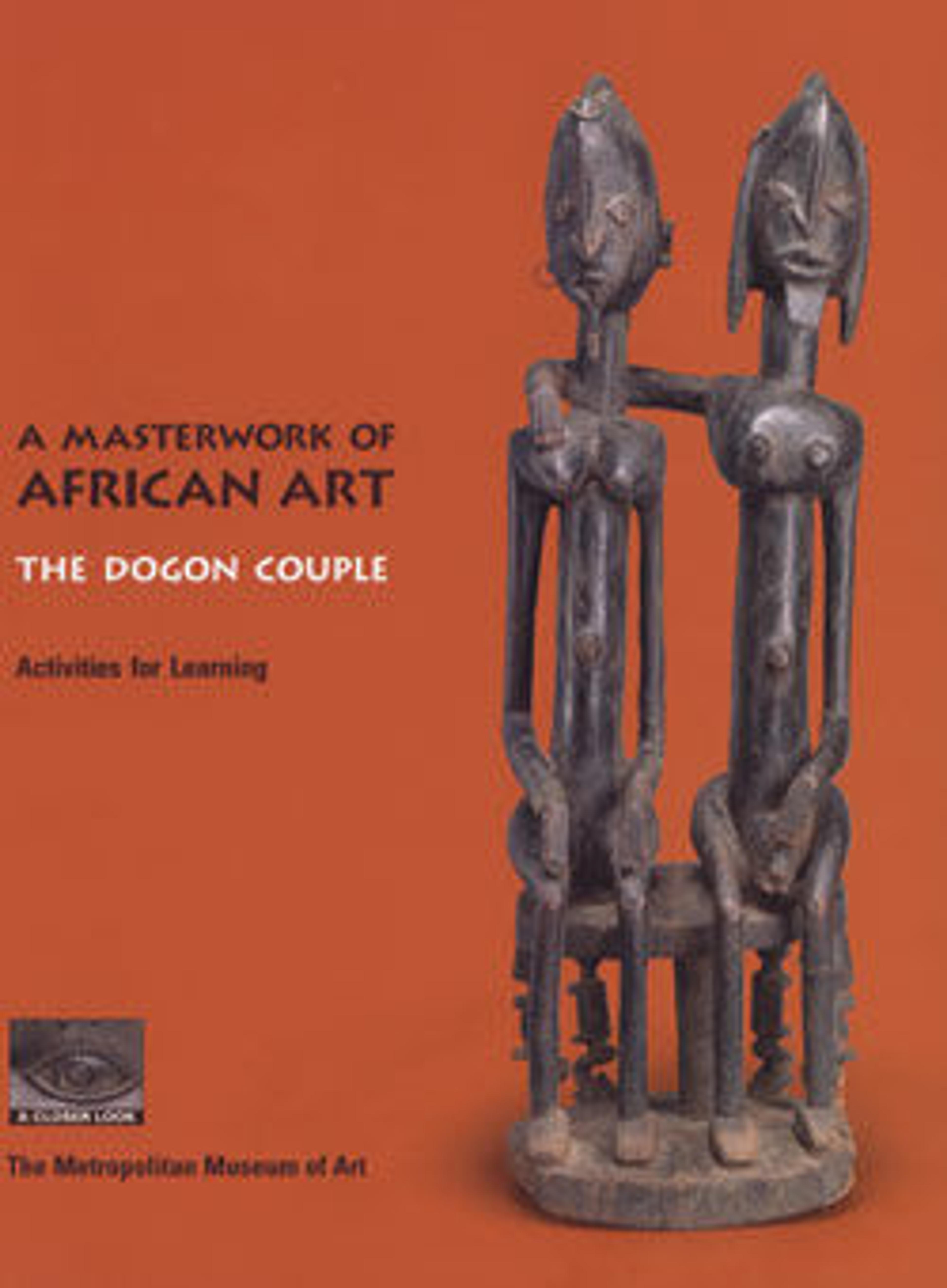Shiva, Uma, and Their Son Skanda (Somaskandamurti)
Somaskandamurti is one of the most popular religious images in South India. The four-armed Shiva holds a battle-ax and a deer in his upper hands and a citron in his lower left hand. His lower right hand is raised in abhayamudra (the gesture that allays fear). His consort, Parvati, clasps a water lily in her right hand. Between them stands Skanda, their infant son, bejeweled and with a lotus in his right hand. Four rings at the lower corners of the pedestal allowed the sculpture to be secured to a platform in order to be carried in processions.
Artwork Details
- Title:Shiva, Uma, and Their Son Skanda (Somaskandamurti)
- Period:Chola period (880–1279)
- Date:early 11th century
- Culture:India (Tamil Nadu)
- Medium:Copper alloy
- Dimensions:H. 29 7/8 in. (53 cm); W. 21 7/8 in. (55.6 cm); D. 10 1/4 in. (26.2 cm)
- Classification:Sculpture
- Credit Line:Purchase, Lita Annenberg Hazen Charitable Trust Gift, in honor of Cynthia Hazen and Leon B. Polsky, 1982
- Object Number:1982.220.10
- Curatorial Department: Asian Art
More Artwork
Research Resources
The Met provides unparalleled resources for research and welcomes an international community of students and scholars. The Met's Open Access API is where creators and researchers can connect to the The Met collection. Open Access data and public domain images are available for unrestricted commercial and noncommercial use without permission or fee.
To request images under copyright and other restrictions, please use this Image Request form.
Feedback
We continue to research and examine historical and cultural context for objects in The Met collection. If you have comments or questions about this object record, please contact us using the form below. The Museum looks forward to receiving your comments.
